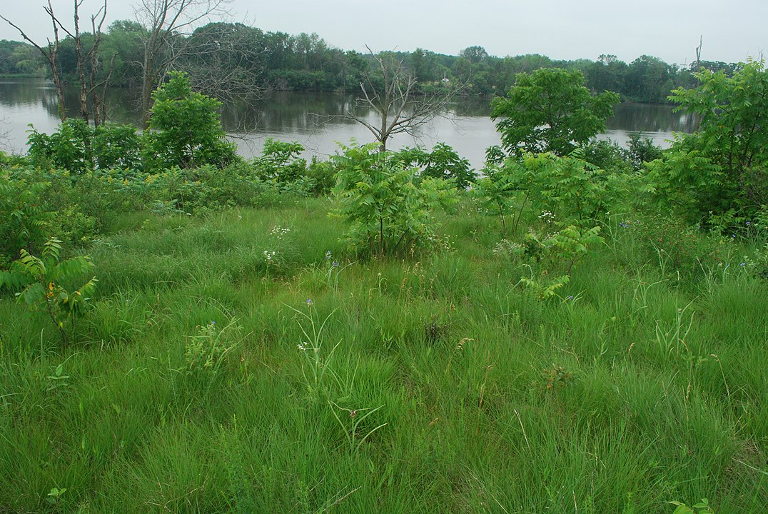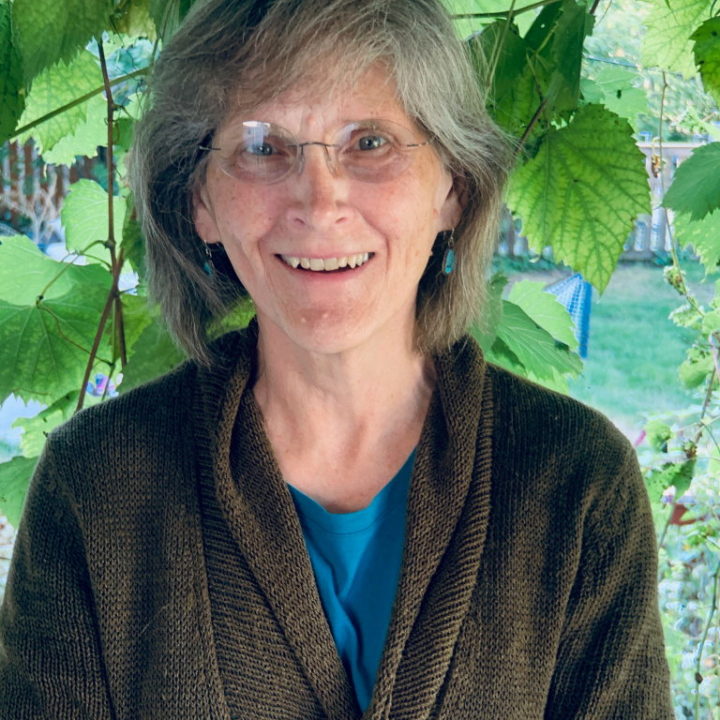There is a struggle going on over a small piece of land in Cook County, Illinois that is emblematic of the national debate about how to manage the wild, open land with which our country is blessed. On one side are those who stand to profit from building on land considered useless unless it is remade for exclusively human purposes. On the other are the land’s non-human inhabitants and the allied humans who understand wild land to be intrinsically valuable and irreplaceable. And in fact, thanks to ongoing climate change and ecological destruction, keeping land wild—indeed, radically increasing the amount of wild land—is key to the survival of human civilization.
In the context of Chicagoland’s urban development, building yet another townhouse subdivision on a parcel in suburban Westchester should be a simple matter of course. It’s only 15 acres, and sprawl has long ruled as a paradigm of conventional wisdom and heedless action. But this destructive pattern needs to stop already, right here and now. It so happens that these 15 acres are integral to a vitally necessary buffer zone that shields Wolf Road Prairie, an Illinois Nature Preserve, from nearby development’s negative effects, while themselves providing valuable ecosystem services.
Wolf Road Prairie is one of the last remaining examples of undisturbed black-soil grassland on earth. Its unusually intact ecosystem supports a large, interdependent community of wild animal, plant and other species. A legacy of the indigenous nations that formerly held sway, it is now protected for future generations. Scientists, students, and tourists visit from all over to admire and study this beautiful place. An unspoiled landscape like this would be unusual in a wilderness area; that it exists in Cook County makes it even more remarkable. It’s so special, it’s shocking that anyone would consider doing anything to jeopardize its wellbeing.
To help guard the prairie, the Illinois Department of Natural Resources, Cook County Forest Preserves, and the Save the Prairie Society created the buffer zone by buying and restoring adjacent acreage. This particular parcel, apparently unavailable, borders 31st Street and forms part of an oak savanna full of 200-year-old trees. (Savannas, themselves, are among our region’s rarest, most endangered ecosystems.) Research has shown that, due to what is known as the “island effect,” biodiversity declines as natural areas decrease in size and as buffer zones get replaced by abrupt, developed edges. These would be our streets and buildings, together with intensively human-focused land use such as pesticide-dependent modern agriculture and landscaping.
Besides sheltering myriad non-human species, this key parcel enables the buffer zone and prairie together to function as naturally-occurring green infrastructure that—through the interaction of plants and soil—cleans the air, manages stormwater, prevents flooding, and stores carbon. It’s also key to mitigating water and soil pollution from 31st Street and a closed, leaky landfill to the west. In 1985, the buffer-zone land was included on the IEPA Site Remedial Priority Action list, owing to dangerous levels of carcinogenic and neurotoxic chemicals. In 1996, the land was delisted on condition that it remain undisturbed. There is no evidence the ruling has changed. Clearing, excavating, and paving over much of this site would lead to newly released toxins, diminished biodiversity, and shattered ecosystem functions. Flooding could increase, overwhelming Wolf Road Prairie’s wetlands, leading to further ecological degradation. And gray infrastructure along 31st street might need modification, at taxpayer expense.
Furthermore, solving the twin crises of climate change and environmental destruction requires “nature-based solutions,” that is, conservation, restoration, and management of open lands. Not only do they offer refuge to wild species, but they are such potent carbon sinks that the federal government has pledged to conserve 30% of US land by 2030, in support of its goal to reduce US emissions 50% below 2005 levels by then. Grasslands and wetlands such as Wolf Road Prairie and its buffer zone are uniquely suited to store carbon safely below ground because of the way root systems, hydrology, and the soil biome interact.
In Cook County, we clearly should be redeveloping brownfields and other underutilized or vacant properties, not breaking new ground for short-term profit and long-term destruction. Once ecosystem functions and other factors such as carbon sequestration are factored in, existing biodiverse, natural areas actually offer more benefits—including economic—in the long term than any developed land-use. These benefits, for wild species and humans alike, are vast, tangible, and more needed than ever. It’s long past time to change that outmoded, dangerous paradigm of what constitutes the best use for land, and how to profit from it. Let’s not pave paradise. Let’s understand and keep what we’ve got before it’s gone.
A shorter version of this piece was published on June 23, 2021 in the Oak Park Wednesday Journal.
Teaser photo credit: By Joshua Mayer – https://www.flickr.com/photos/wackybadger/8039464552/, CC BY-SA 2.0, https://commons.wikimedia.org/w/index.php?curid=105505055






